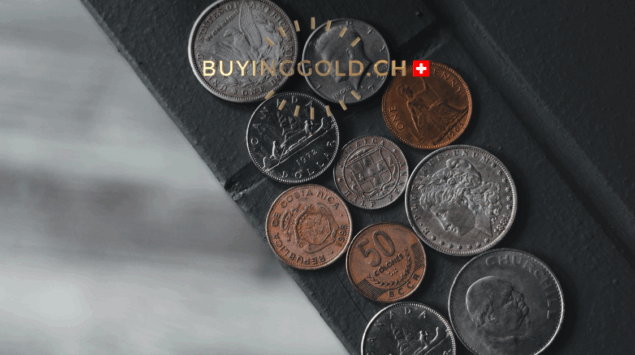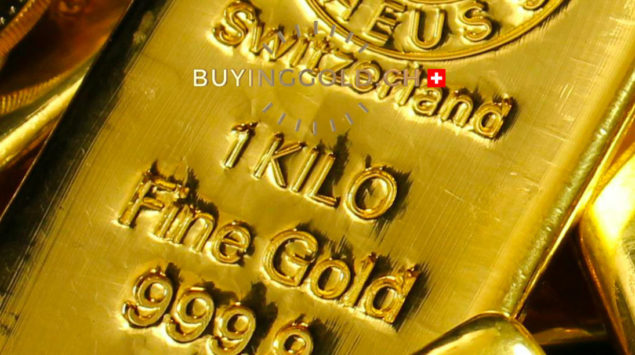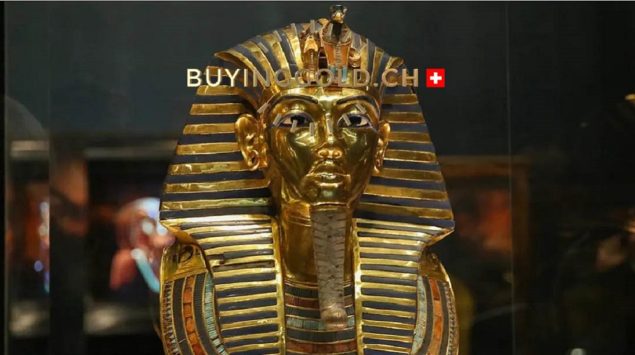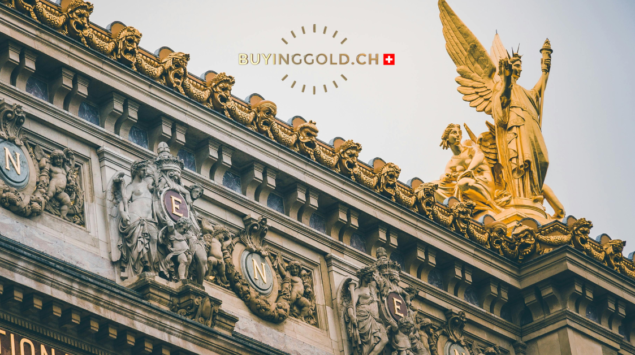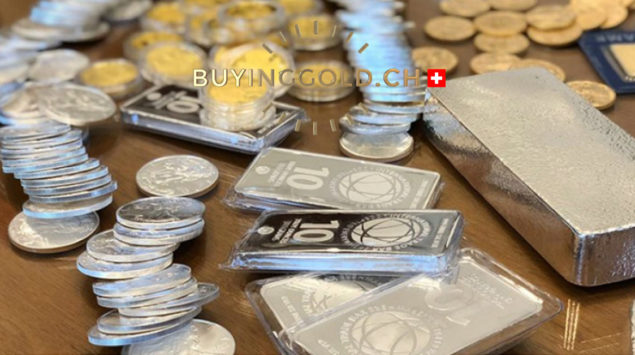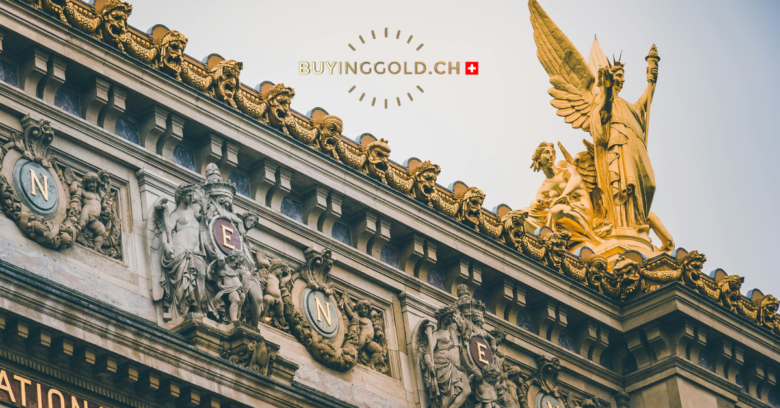
Bullion, ores, copper, zinc, nickel, gold deposits, grams of gold, mining reserves, platinum, palladium, rare earths, gold ore, safe-haven asset, alloy, currencies, tonnes of gold, gold prices… All of these terms highlight the economic, strategic, and cultural importance of gold. This rare, valuable and fascinating metal has followed human history since the earliest civilizations. Though discreet, gold in France has a long geological and historical story. Where Does France’s Gold Come From? From cosmic origins to ancient exploitation and modern challenges, Achatdor.ch explores the journey of gold on French territory.
The Origin of Gold in France
Edo Berger, professor of astronomy at Harvard University, supports the hypothesis that gold is created in the collision of two neutron stars. This extremely violent event produces nuclear reactions that create heavy metals—including gold.
History of Gold Mining
Gold mines are among the oldest known forms of metallurgical extraction. As early as the 3rd millennium BCE, civilizations in the Near East and Europe extracted gold for adornment, worship, and trade. In France, the Gauls were skilled gold seekers, practicing river panning. Large convoys of gold even accompanied Julius Caesar’s triumph in Rome in 46 BCE.
During the Middle Ages, gold exploitation slowed in favor of silver, though gold retained its role as a reserve of wealth. The reintroduction of gold coinage in the 13th century by Italian city-states revived gold mining across Europe.
Gold Deposits in France: Types and Locations
Two types of gold deposits exist in France:
- Primary (hydrothermal) deposits: gold carried by mineral-rich fluids circulates through the earth’s crust and crystallizes in veins, often with quartz.
- Secondary (alluvial) deposits: formed by the erosion of primary deposits, where gold settles in riverbeds.
Major Gold Regions in France
- Limousin: with over 230 ancient mines, it’s the richest gold region in mainland France.
- Massif Central (especially Auvergne): known for ancient hydrothermal veins.
- The Pyrenees: traces of Roman-era mining, often with hydraulic techniques.
- The Basque Country (Cambo-les-Bains): where torrents were diverted to extract gold using water flow.
- French Guiana: currently the main active gold mining region in France.
- Other areas include the Ardennes, Pays de la Loire, and Aquitaine, known for gold-bearing sediments.
French Gold: Evolving Value Through Time
Gold’s role has changed over the centuries. Once a decorative and trade good, it became the backbone of monetary systems in the modern era. After the end of the gold standard in 1976, it remained a strategic reserve for central banks, a safe investment for individuals, and a vital material in the electronics industry.
Gold in France: A Living Legacy
Gold in France is not just imported wealth—it’s rooted in the country’s geology and history. Forged in stars, concentrated in mountain veins and riverbeds, it has driven mining, trade, and power for millennia. Today, gold continues to fascinate by its rarity, symbolism, and enduring value.


